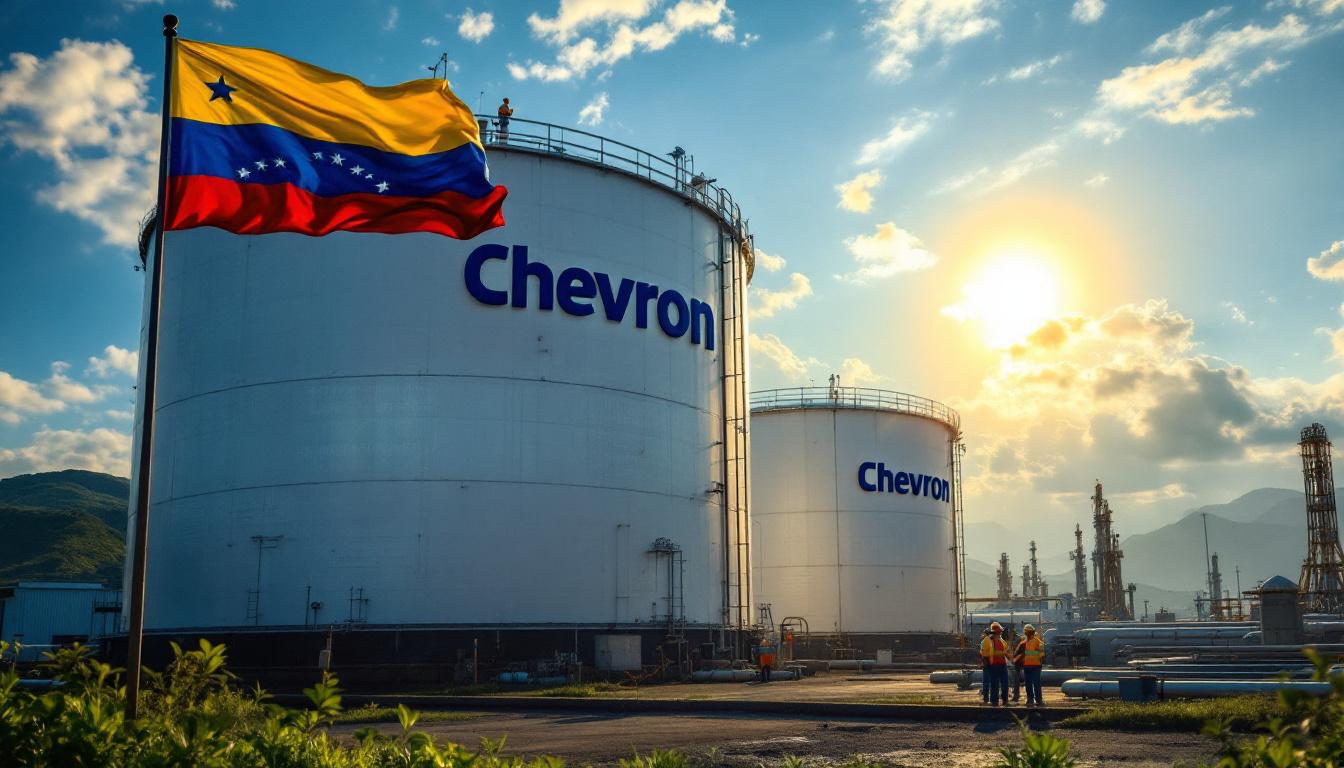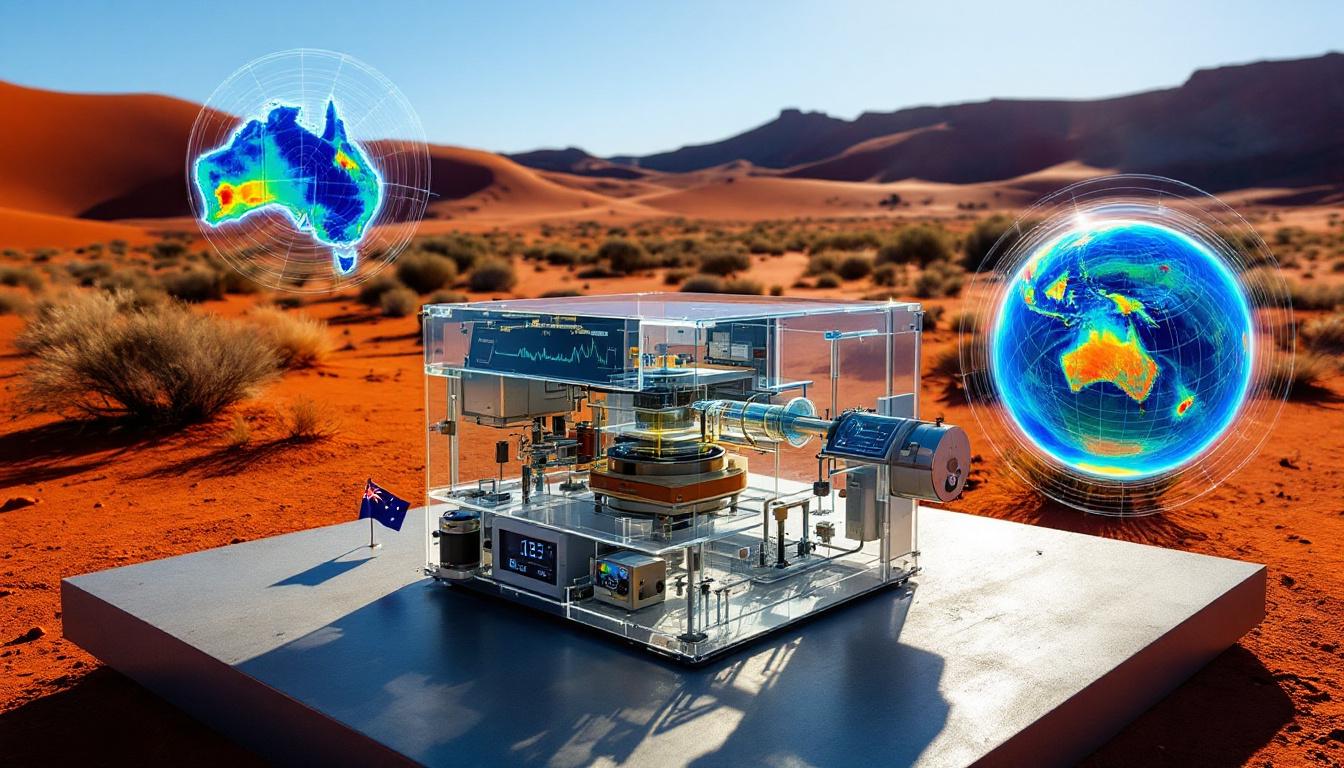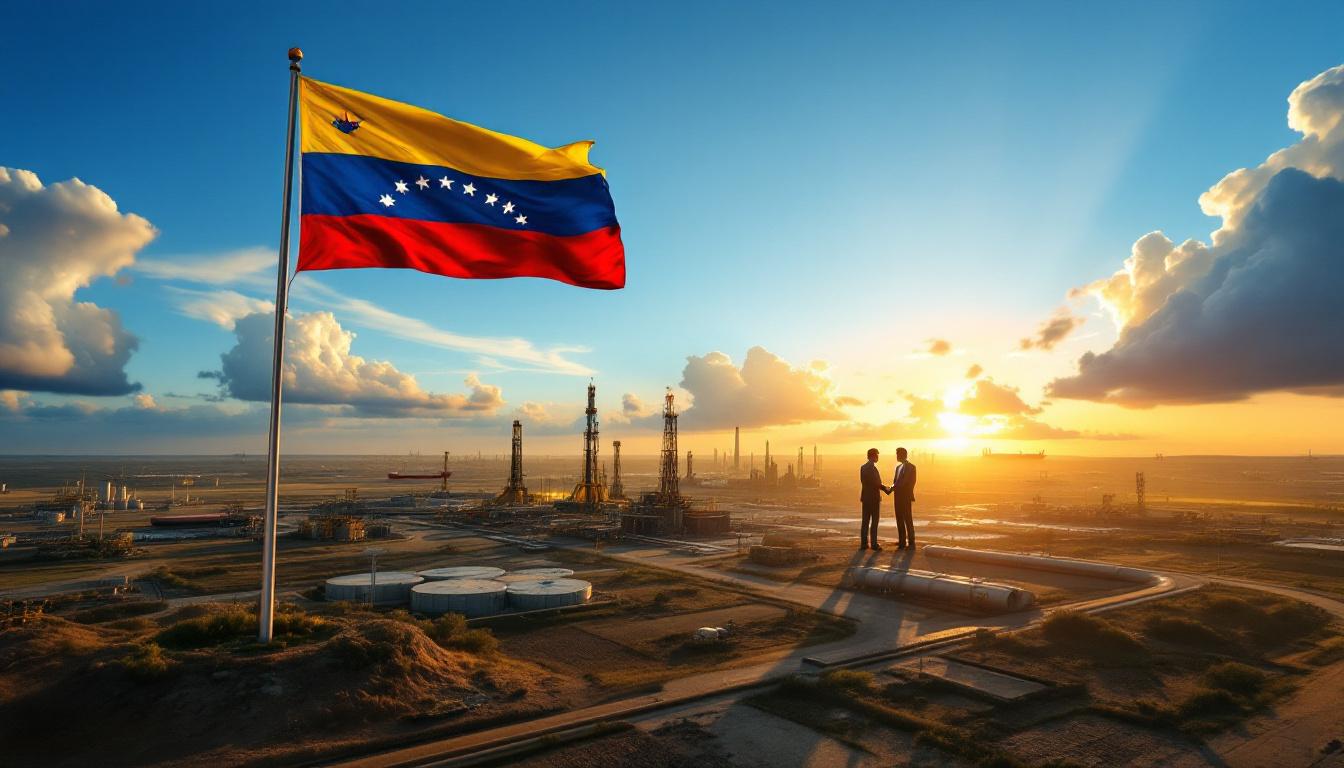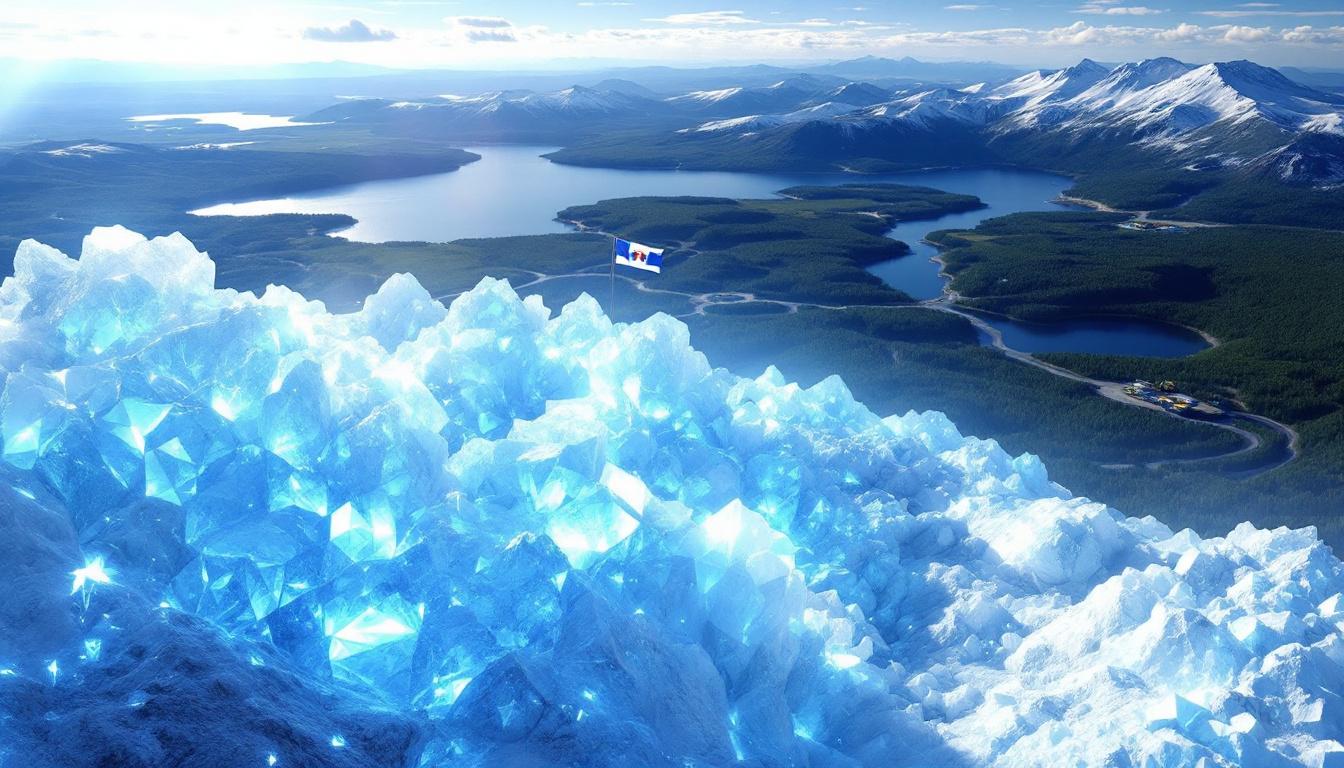What is the Mamicuo Salt Lake Mining Project?
The Mamicuo Salt Lake Mining Project represents a significant advancement in lithium and boron extraction technology in one of the world's most challenging environments. Located in Gerze County, Ngari Prefecture, Tibet, at an elevation exceeding 4,300 meters, this project recently received a crucial construction permit for lithium and boron mining project from the Gerze County Housing and Urban-Rural Development Bureau, allowing for the development of specialized lithium and boron extraction facilities.
Tibet Ali Mamicuo Mining Development Co., Ltd. is the primary entity behind this development, with investment control coming from Jiangsu Zangqing New Energy Industry Development Fund Partnership. What makes this particularly noteworthy for industry watchers is that Zangge Mining Investment (Chengdu) Co., Ltd., a wholly-owned subsidiary of Zangge Mining, participated in the subscription of this controlling fund, effectively extending Zangge's influence in the high-altitude lithium sector.
"The permit is conducive to expanding the company's production capacity scale of lithium extraction from salt lakes, enhancing the company's core competitiveness and industry influence." — Zangge Mining announcement [Source: SMM News, July 4, 2025]
Strategic Importance for Zangge Mining
For Zangge Mining, the Mamicuo project represents more than just additional production capacity. Industry analysts view this as a carefully calculated move to strengthen the company's position in the increasingly competitive lithium market while diversifying their resource portfolio to include valuable boron by-products.
The strategic importance of this project can be viewed through three primary lenses:
- Resource Diversification: By adding both lithium and boron production, Zangge reduces its dependency on single-commodity market fluctuations
- Technological Leadership: The project incorporates cutting-edge direct lithium extraction innovation specifically adapted for high-altitude, cold-weather operations
- Regional Dominance: This further solidifies Zangge's position as a key player in Tibet's growing lithium production landscape
The timing of this expansion aligns with global trends toward increased electrification and battery production, though it enters a market currently experiencing supply-side pressures, as we'll explore in later sections.
What Challenges Does the Project Face?
Environmental and Geographic Constraints
The Mamicuo Salt Lake's extreme high-altitude location presents operators with a set of challenges rarely encountered in mining operations. At over 4,300 meters above sea level, this site experiences atmospheric conditions that impact both equipment performance and human workers.
The climate statistics paint a stark picture of the operational environment:
- Annual temperature range between -6°C and 8°C (substantially narrower than most mining regions)
- Winter temperatures plummeting to as low as -40°C during the harshest months
- Significantly reduced oxygen levels affecting both human performance and combustion efficiency
- Intense solar radiation that can accelerate equipment degradation
Beyond temperature extremes, the remote location creates substantial logistical hurdles. While the project team has made progress by constructing over 20 kilometers of roads and completing site leveling, the distance from major manufacturing and supply centers means equipment deliveries and maintenance requirements must be meticulously planned months in advance.
Technical Challenges in Cold-Weather Operations
The sub-zero temperatures during winter months create unique technical challenges for lithium extraction processes that were originally developed for more moderate climates. Industry experts highlight several specific issues:
- Brine Temperature Effects: When brine temperatures fall below 0°C in January and February, the solution viscosity increases significantly, reducing flow rates through processing equipment
- Membrane Performance Degradation: Low temperatures decrease the permeability and selectivity of separation membranes, a critical component in modern lithium extraction
- Adsorbent Efficiency Reduction: Cold conditions substantially reduce the ion exchange kinetics of lithium-selective adsorbents, potentially requiring larger quantities of these costly materials
- Equipment Flexibility Requirements: Systems must be designed to operate efficiently across an unusually wide temperature range as seasons change
"The project team has fully considered [low-temperature challenges] during the capacity design phase, planning to suspend production for maintenance in January and increase capacity after summer temperatures rebound." — Zangge Mining [Source: SMM News, July 4, 2025]
An additional challenge specific to Tibetan salt lakes is the unique brine chemistry, which requires modification before it can effectively interact with aluminum-based adsorbents commonly used in lithium extraction. This necessitates additional processing steps not required in other lithium-producing regions.
How Will Construction and Operations Be Managed?
Construction Timeline and Winter Strategy
The construction plan for the Mamicuo project demonstrates a sophisticated understanding of high-altitude construction constraints. Rather than attempting to maintain a consistent pace year-round, the schedule strategically accommodates seasonal challenges:
- Construction commencement: Q3 2025 (summer/early fall)
- Completion of civil engineering works: Mid-October 2025 (before severe winter conditions)
- Equipment delivery and indoor installation: Winter 2025-2026
- Final integration and commissioning: Spring/Summer 2026
This careful scheduling ensures that weather-sensitive exterior work occurs during the relatively milder months, while the coldest period is dedicated to indoor installation activities that can proceed regardless of external conditions. The overall construction cycle is expected to span 9-12 months, which represents an aggressive but achievable timeline given the environmental challenges.
Significant preparation work has already been completed, including:
- Construction of more than 20 kilometers of access roads
- Comprehensive site leveling operations
- Initial infrastructure foundations
Operational Adaptations for High-Altitude Environment
Once operational, the Mamicuo facility will implement several innovative mining trends to maintain production efficiency despite environmental challenges:
- Seasonal Production Scheduling: Planned maintenance shutdowns during January (the coldest month) with compensatory increased production during warmer months
- Process Temperature Management: Specialized heating systems for maintaining optimal brine temperatures during colder periods
- Remote Operation Capabilities: Extensive implementation of "intelligent control systems" allowing for unmanned operation and remote monitoring, reducing the need for personnel to work in harsh conditions
An interesting operational strategy involves the potential for "overproduction" during optimal months if process technology optimization enables winter production to normalize, effectively increasing the annual capacity beyond design specifications. This provides production flexibility not typically seen in other mining operations.
The automation and remote control emphasis also addresses another regional challenge: the difficulty of attracting and retaining skilled workers in such a remote, high-altitude location. By minimizing on-site labor requirements, the project reduces both costs and human resource challenges.
What Technological Innovations Are Being Implemented?
Advanced Extraction Technologies
The Mamicuo project incorporates several technological breakthroughs specifically adapted for the unique challenges of Tibetan salt lakes. These innovations represent significant advances over traditional lithium extraction methods:
-
Brine Modification Process: A customized pre-treatment system that addresses the incompatibility between Tibetan salt lake brines and aluminum-based adsorbents. This modification alters the ionic composition and pH of the brine to optimize lithium adsorption while minimizing interference from competing ions.
-
Continuous Bed Dual-Series Adsorption: Unlike conventional batch processing, this system utilizes two continuous adsorption beds operating in series, significantly reducing adsorbent material requirements while maintaining extraction efficiency. The dual-series configuration allows for more complete lithium recovery as the second bed captures ions that bypass the first.
-
Membrane Technology for Carbonate Ion Recovery: An innovative application of selective membranes that captures and recycles carbonate ions within the process, substantially reducing the consumption of sodium carbonate—a major cost component in traditional lithium production.
-
Bipolar Membrane Technology: This advanced lithium extraction system generates acids and bases on-site through electrodialysis with bipolar membranes, creating a more self-sufficient operation that reduces chemical transport requirements to the remote location.
-
Comprehensive Intelligent Control Systems: An integrated automation platform that enables unmanned operation and remote monitoring, essential for consistent operation in a location where skilled labor is scarce and working conditions are challenging.
Resource Recovery Targets and Efficiency
The technological innovations implemented at Mamicuo support ambitious recovery targets that exceed industry norms:
- Primary lithium resource recovery rate: ≥95% (compared to typical rates of 80-85% in conventional operations)
- Reduced reagent consumption: The membrane technology for carbonate recovery is expected to cut sodium carbonate usage by approximately 30%
- Minimized adsorbent requirements: The continuous bed dual-series system reduces adsorbent material needs by an estimated 25-30%
"The primary recovery rate target is set at no less than 95%… balancing production efficiency and cost optimization." — Zangge Mining [Source: SMM News, July 4, 2025]
These efficiency improvements are particularly important given the logistical challenges of the remote location, where every reduction in material requirements translates to significant cost savings and operational simplification.
The intelligent control systems further enhance efficiency by optimizing process parameters in real-time, adjusting for temperature fluctuations and brine composition variations that are common in salt lake operations.
What Production Capacity and By-Products Are Expected?
Phase One Production Targets
The initial phase of the Mamicuo Salt Lake project has clearly defined production goals that position it as a significant contributor to China's domestic lithium supply:
- Lithium carbonate production: 50,000 metric tons (mt) annual capacity
- Boron by-product production: 17,000 mt annual capacity
This production scale represents a substantial operation, particularly considering the challenging environment. The 50,000 mt lithium carbonate capacity alone would represent approximately 5-7% of global lithium chemical production based on current market volumes.
The boron by-product recovery is a distinctive feature of this project, as many lithium operations focus solely on the primary metal. Boron compounds have significant commercial value in various applications including:
- Glass and ceramics manufacturing
- Agricultural fertilizers
- Metallurgical fluxes
- Advanced materials including high-strength fibers
- Nuclear applications as neutron absorbers
The simultaneous recovery of both lithium and boron creates operational synergies and improves the overall economics of the project, providing a buffer against lithium price volatility.
Future Expansion Plans
Zangge Mining has outlined an ambitious roadmap for potential expansion that could more than double the initial production capacity:
- Phase two capacity: Additional 50,000-100,000 mt of lithium carbonate
- Contingency factor: Reliable power supply identified as the critical dependency for expansion
- Simplified approval process: The second phase is expected to face fewer regulatory hurdles as it would expand an existing operation rather than establishing a new one
The long-term vision for Mamicuo targets a total production capacity of 100,000 mt of lithium carbonate, which would make it one of the largest lithium operations in Tibet and a significant global producer.
This phased approach allows Zangge to validate their technological adaptations during phase one before committing to the larger expansion, managing risk while maintaining growth potential. The expansion timeline remains flexible, dependent on both market conditions and the resolution of the power supply challenges.
How Does This Project Fit into Tibet's Lithium Production Landscape?
Regional Lithium Supply Projections
The Mamicuo project represents an important piece in the broader development of Tibetan salt lake resources, which collectively are poised to become a major force in global lithium supply. Based on current development plans across the region:
- Guoneng salt lakes: Projected 130,000 mt lithium chemicals capacity
- Mamicuo (Zangge): 100,000 mt long-term capacity
- Other Tibetan salt lakes: Zabuye, Damxung Tso, and Lakkor Tso contributing additional capacity
"The total future supply of lithium chemicals from Tibetan salt lakes is estimated at 300,000-400,000 mt." — Zangge Mining [Source: SMM News, July 4, 2025]
This substantial production potential from the Tibetan Plateau represents a significant shift in China's domestic lithium supply landscape, potentially reducing dependency on imported materials from traditional suppliers like Australia and Chile.
The development of these resources faces common challenges related to the high-altitude environment, but each salt lake also presents unique chemical compositions requiring tailored extraction approaches. The Mamicuo project's technological innovations may prove instructive for other Tibetan developments if they successfully address the cold-weather operational challenges.
Collaborative Development Efforts
The development of Tibet's lithium resources involves various stakeholders and potential partnerships that complicate the competitive landscape:
- Guoneng Mining Relations: Ongoing negotiations between Zangge and Guoneng regarding potential collaboration on other salt lake projects
- Current Guoneng Plans: 10,000 mt lithium hydroxide production targeted for 2025, with decisions pending on an additional 20,000 mt capacity
- Infrastructure Sharing: Discussions about coordinated development of power facilities and other supporting infrastructure that could benefit multiple projects
The collaborative aspects reflect the practical realities of developing resources in such a challenging region, where shared infrastructure can significantly reduce individual project costs. However, these relationships also introduce strategic complexities as companies balance cooperation and competition.
The accelerated construction of supporting infrastructure—particularly power generation facilities—will be critical to the success of both the Mamicuo project and the broader development of Tibet's lithium resources.
What Market Conditions Is the Project Entering?
Current Lithium Carbonate Market Trends
The Mamicuo project is being developed amid fluctuating market conditions that present both challenges and opportunities:
- Overall price trend: Lithium carbonate prices in China have followed a generally downward trajectory through much of 2025
- Recent pricing data:
- June 24, 2025: Battery-grade lithium carbonate reached a low point of 59,900 yuan/mt
- July 4, 2025: Prices rebounded to 62,300 yuan/mt, representing a 4% increase
- Historical context: Current prices remain significantly below the peak levels seen in previous years, reflecting the market's adjustment to increased supply
These price movements reflect the complex interplay of expanding production capacity globally and the continued growth in demand from battery manufacturers and other end-users. The Mamicuo project's production won't reach markets until at least 2026, by which time market conditions may have evolved considerably.
Supply-Demand Dynamics
The current lithium market exhibits several key characteristics that will influence the environment into which Mamicuo's production will eventually enter:
- Supply-side pressure: Ample lithium carbonate supply from both brine and hard-rock sources has created significant inventory throughout the supply chain
- Purchasing behavior: Downstream buyers have adopted cautious purchasing strategies, often buying minimal quantities to meet immediate needs rather than building inventory
- Seasonal expectations: Industry analysts anticipate improved demand in July 2025, potentially providing price support
- Market psychology: Tension exists between upstream producers attempting to maintain price levels and downstream consumers pushing for further reductions
"Upstream [refuses] to budge on prices, downstream [drives] down prices… irrational impact of unverified rumors." — SMM Market Analysis [Source: SMM News, July 4, 2025]
The Mamicuo project's developers appear to be taking a long-term view that looks beyond current market conditions, anticipating continued growth in lithium demand driven by electric vehicle adoption and energy storage applications. This strategy aligns with the extended development timeline for the project, which positions its production to enter the market in 2026-2027.
The project's dual focus on lithium and boron also provides some insulation against lithium price volatility, as boron markets operate under different supply-demand dynamics. Furthermore, the company may benefit from lithium industry tax breaks and incentives designed to stimulate domestic production in strategic sectors.
FAQ About the Mamicuo Salt Lake Project
How will the high-altitude environment affect production?
The extreme altitude (over 4,300 meters) and cold temperatures at Mamicuo Salt Lake necessitate several operational adaptations:
- Seasonal production adjustments: Planned maintenance shutdowns during January (the coldest month) with compensatory increased production during warmer periods
- Modified equipment specifications: Systems designed to withstand temperature extremes ranging from -40°C to +30°C
- Enhanced heating systems: Special provisions for maintaining optimal process temperatures during winter operations
- Oxygen supplementation: For combustion processes and worker safety at high altitudes
These adaptations add complexity and cost to the operation but are essential for maintaining production reliability in such a challenging environment.
What makes this project technologically innovative?
The Mamicuo project incorporates several advanced technologies specifically adapted for high-altitude, cold-weather lithium extraction:
- Brine modification process: Customized pre-treatment to optimize compatibility with aluminum-based adsorbents
- Continuous bed dual-series adsorption: Reduces adsorbent material requirements while maintaining high recovery rates
- Membrane technology for carbonate recovery: Decreases sodium carbonate consumption
- Bipolar membrane technology: Enables on-site acid and base generation
- Comprehensive automation: AI-driven mining optimization for unmanned operation and remote
Want to Profit from the Next Major Mineral Discovery?
Discover actionable opportunities in mining investments with Discovery Alert's proprietary Discovery IQ model, which transforms complex ASX announcements into clear, actionable insights for investors. Explore how significant discoveries can lead to substantial returns by visiting the Discovery Alert discoveries page and start your 30-day free trial today.




